Whether cloud or Colocation is the best option for your company, one thing is certain: the last few years have shown the critical relevance of dependable data upkeep. Increased reliance on remote labor, increased frequency of natural disasters, and an increase in cybersecurity attacks have all shown that organizations require dependable data centers. Cloud computing is generally the first option that springs to mind. However, Colocation or hybrid environments may be a better fit for your requirements.
We’ll undertake a side-by-side comparison of cloud and Colocation to help you decide which option is best for you.
What is Cloud Computing?
Cloud computing is the transmission of computer services via the internet, allowing users to access cloud-based software, applications, resources, and storage from any compatible and allowed device and location. When employing a third-party cloud provider, enterprises are not required to invest in or manage on-premises infrastructure or hardware because the provider manages all investments, maintenance, and day-to-day operations.
Types of Cloud Computing
Businesses that use cloud hosting to manage their data can choose between public, private, hybrid, and multi-cloud.
Public cloud services are an affordable cloud option for enterprises that do not want to maintain, purchase, or operate on-premises physical gear.
A private cloud can be an on-premises solution or managed by a third-party provider, and it can be housed nearby to your office or near clients. It’s beneficial for businesses who require greater control over their workloads and legacy apps that cannot be transferred to the public cloud.
Hybrid solutions combine cloud and non-cloud infrastructure. This can be beneficial for organizations with legacy workloads that are too difficult to migrate or firms with demanding and complex compliance requirements for part of their workloads.
Benefits and Drawbacks of Using Cloud Computing
Cloud computing comes with benefits, including: –
- Increased cost-effectiveness in infrastructure, real estate, and maintenance expenditures.
- Improved time to market.
- Scalability to meet the expanding needs of enterprises.
- Increased productivity and performance, allowing your IT resources to handle other responsibilities.
- More security and disaster recovery protection in the cloud, especially when working with a cloud provider that offers extra managed services.
However, there are some limitations to cloud computing. If your apps are overly reliant on one vendor, you may encounter vendor lock-in, making switching to another cloud provider expensive or time-consuming. While public cloud providers meet the majority of major compliance criteria, they may fail to meet more specific regulatory norms. In general, cloud computing allows for less customization than on-premises frameworks or Colocation.
What is Colocation?
Colocation (commonly known as “colo”) enables your organization to run its own IT equipment in a third-party data center. When employing colocation services, the data centre’s responsibility is to offer a secure, reliable environment for the client’s hardware, whilst the user is responsible for maintaining and administering all of their own equipment.
With more traditional data centers closing, organizations are turning to colocation and cloud hosting services.
Types of Colocation Services
Colocation can be done wholesale, retail, or as a hybrid of both. Wholesale Colocation occurs when a corporation rents out space in a data center, such as a room or an entire cage. Larger organizations that need the space and resources are more likely to choose this choice. Retail Colocation is the rental of a cabinet or rack in a data center. It is a more scalable choice for smaller organizations that do not require as much power and resources.
Benefits and Drawbacks of Using Colocation
Colocation benefits include: –
- Saving on on-premises data center real estate costs.
- Improved disaster recovery and physical security because it is located in a provider’s secure data center.
- The ability to scale without having to consider relocating buildings or constructing new structures.
- Cost reductions via energy and facility management.
- Increased connectivity choices when compared to an on-premises data center.
Colocation services, if not used to their maximum capacity, might be more expensive than cloud computing due to the cost of a dedicated room or area as well as capital expenditures (CapEx) for physical equipment. Colocation is more adaptable than the cloud, but less so than on-premises infrastructure.
Cloud Vs. Colocation: Business Considerations
When to Use Cloud Computing
If you don’t already have your own gear, want to get up and running quickly, and want to work with experts to set things up with a cloud service provider, cloud computing is an excellent alternative. Small or highly variable workloads that need to scale are also ideal for the cloud.
When to Use Colocation
Colocation can facilitate the shift from old workloads, improve disaster recovery readiness, and enable hybrid deployment. It’s a versatile solution with a diverse set of services and physical features suitable for practically any organization.
Legacy workloads are not always ready for the cloud right once, either because equipment contracts have not yet ended, extra development is required, or for other reasons. Moving to a colocation facility is a positive step that does not require any substantial changes right away.
Key Considerations for Using Cloud and Colocation for BFSI
Here are the key considerations for using cloud and Colocation for BFSI includes: –

- Agility meets Scalability
Cloud computing has redefined infrastructure agility. For BFSI institutions, the ability to spin up new environments, launch services quickly, and handle spikes in user activity makes the cloud appealing. Whether it’s digital onboarding, real-time analytics, or fraud detection, the cloud’s elastic Scalability and OpEx model suit modern application workloads.
- Power of Control & Customization
Despite the cloud’s advantages, Colocation still offers critical value for BFSI. With Colocation, financial institutions retain greater control over hardware, compliance measures, and physical security. Applications that require low latency—like core banking systems and high-frequency trading platforms—thrive in colocation environments. In fact, for many data-sensitive and compliance-heavy workloads, colocation BFSI models are preferred due to their predictable performance and regulatory alignment.
- Data Sovereignty & RBI Norms
One of the biggest differences between cloud and Colocation in BFSI lies in compliance. RBI guidelines increasingly stress local data storage, sovereignty, and strict auditability. While cloud vendors offer compliance-ready solutions, Colocation often provides deeper visibility and control over data handling practices. In regulated environments, the debate on cloud vs. colocation banks leans in favor of Colocation, especially for sensitive customer data and core infrastructure.
Conclusion
The decision between cloud and Colocation is not about choosing one over the other. It’s about aligning infrastructure strategies with your organization’s unique business goals, compliance responsibilities, and technical demands. Cloud offers unmatched agility and Scalability, making it ideal for dynamic workloads and rapid innovation.
At ESDS, we understand the requirements for the BFSI sector. Our Tier-3 certified data centers colocation BFSI infrastructure, and complaint cloud hosting services are engineered to meet the highest standards of data security, performance, and uptime.
Let us know in the comment section below regarding the comparison between cloud and Colocation.




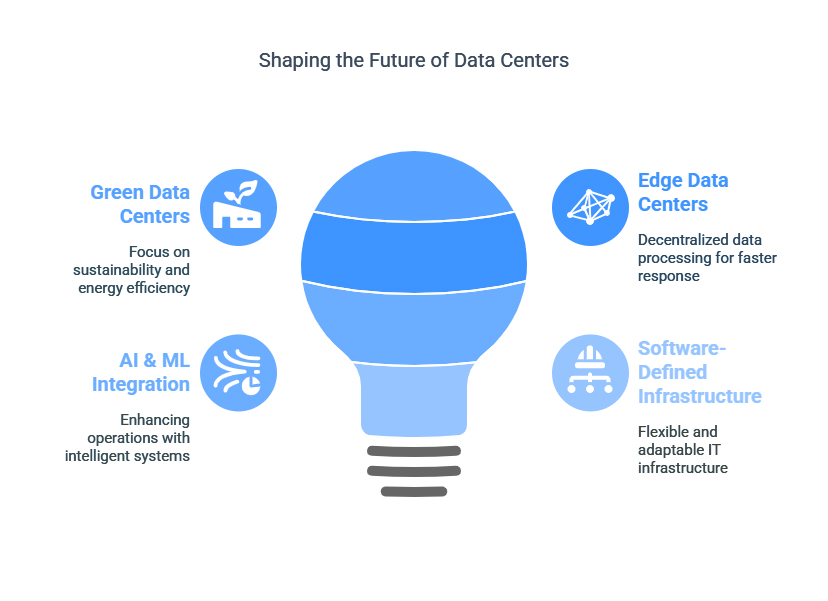

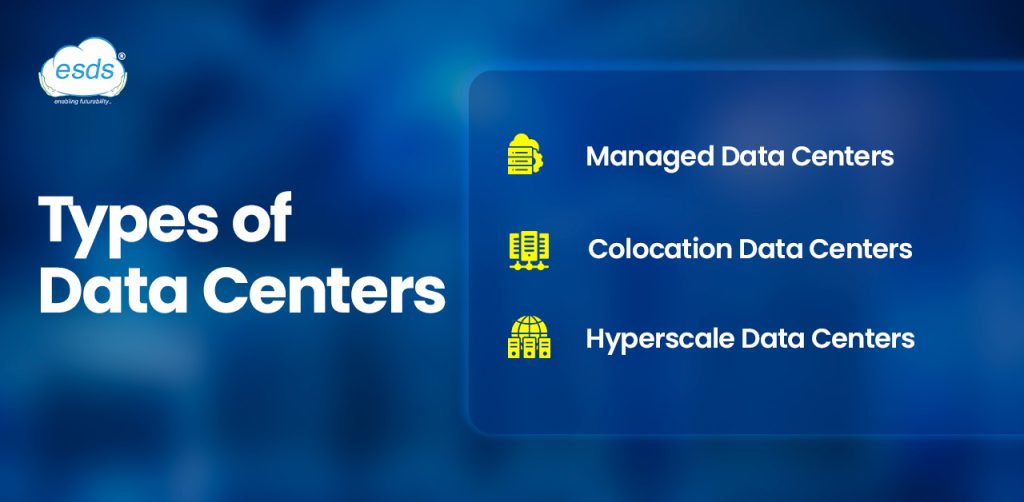
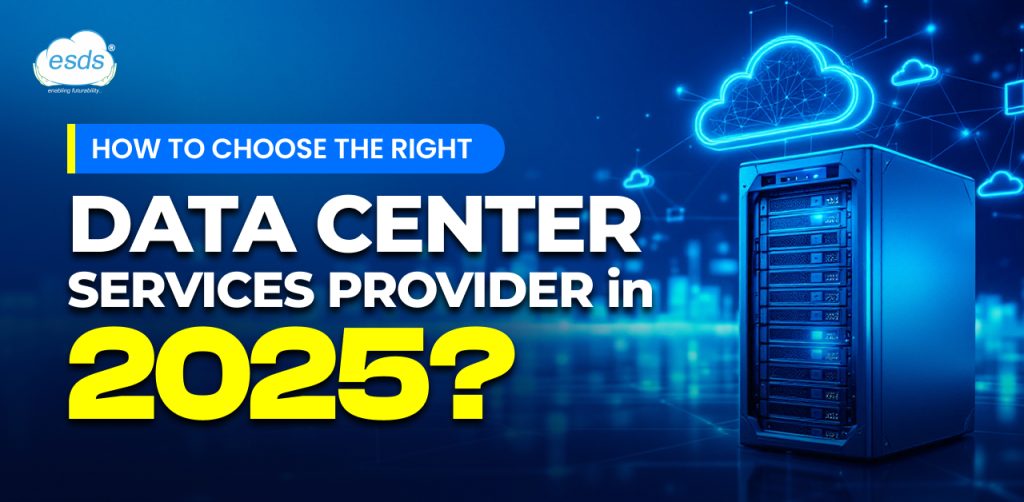
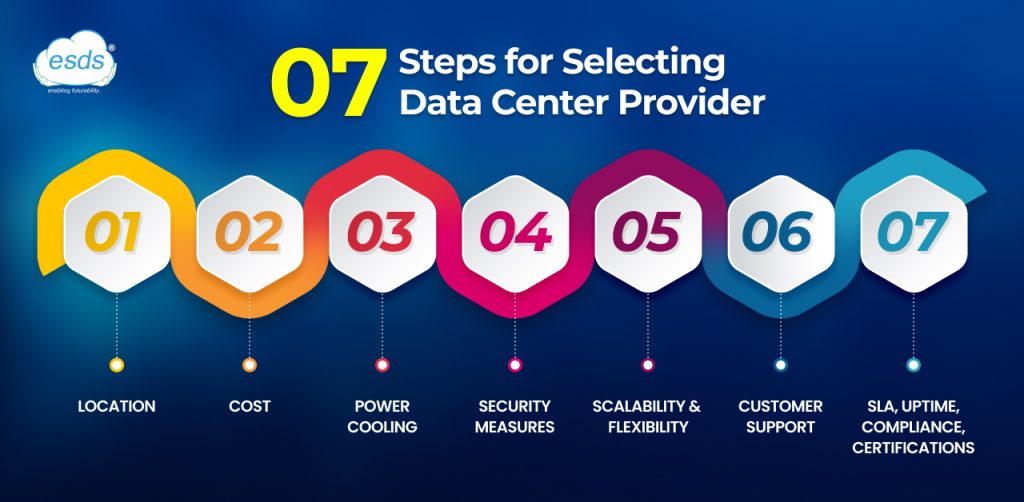

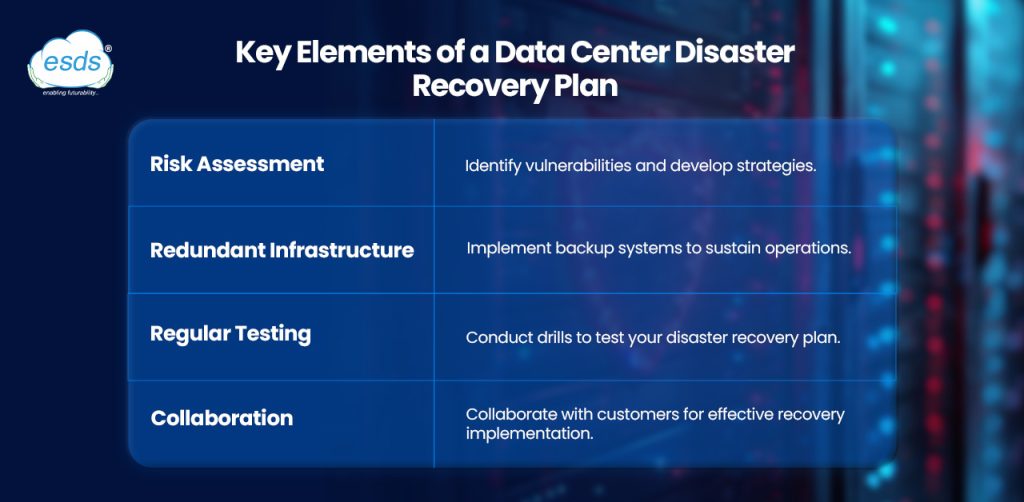
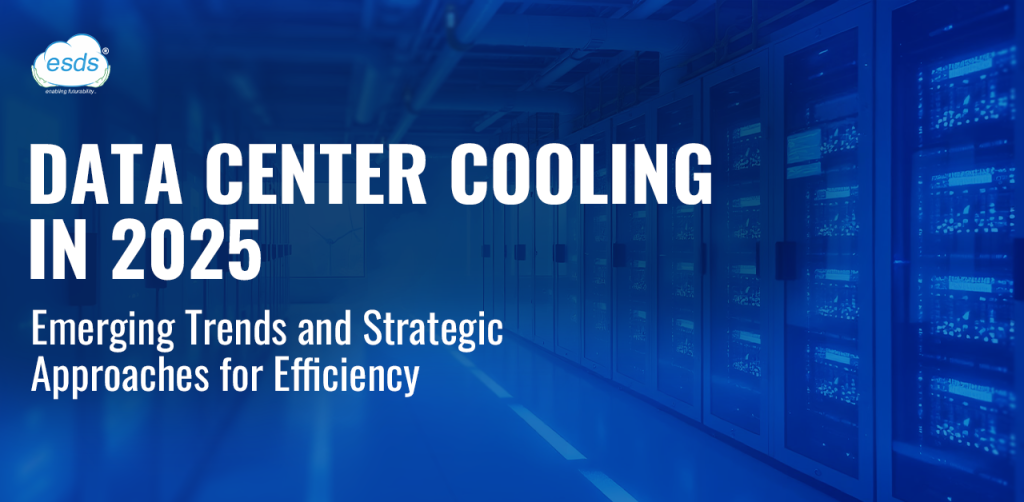
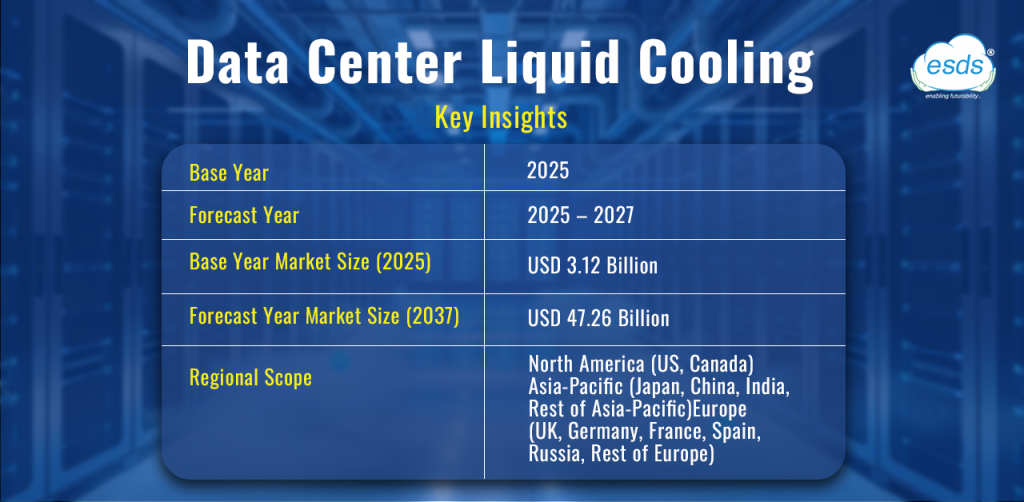
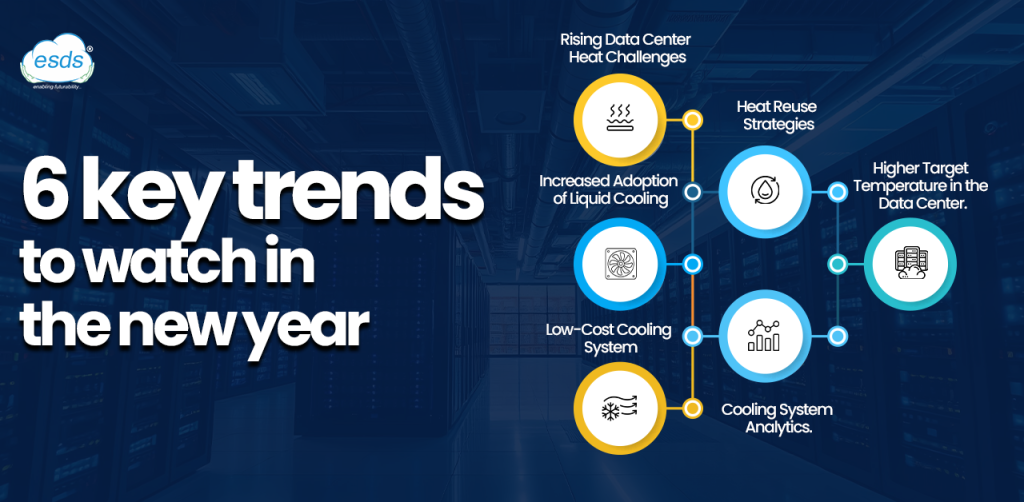
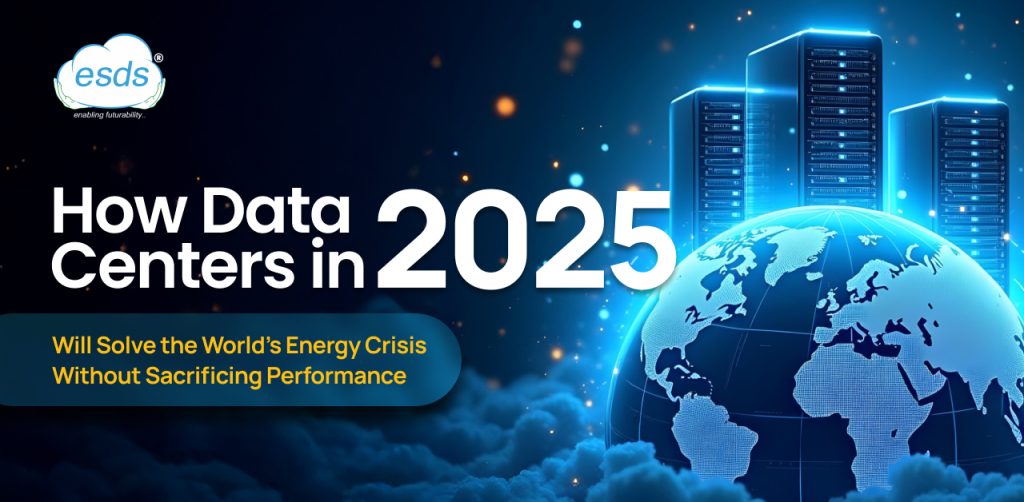
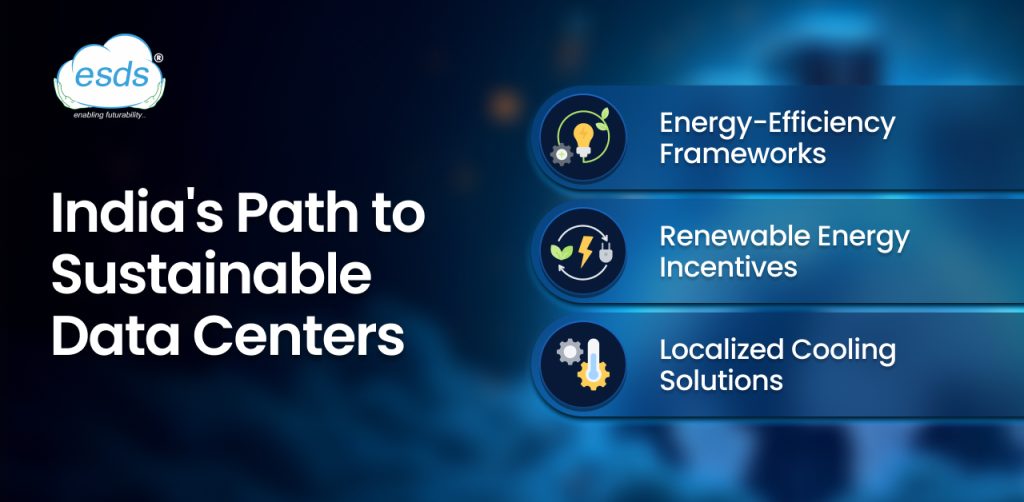



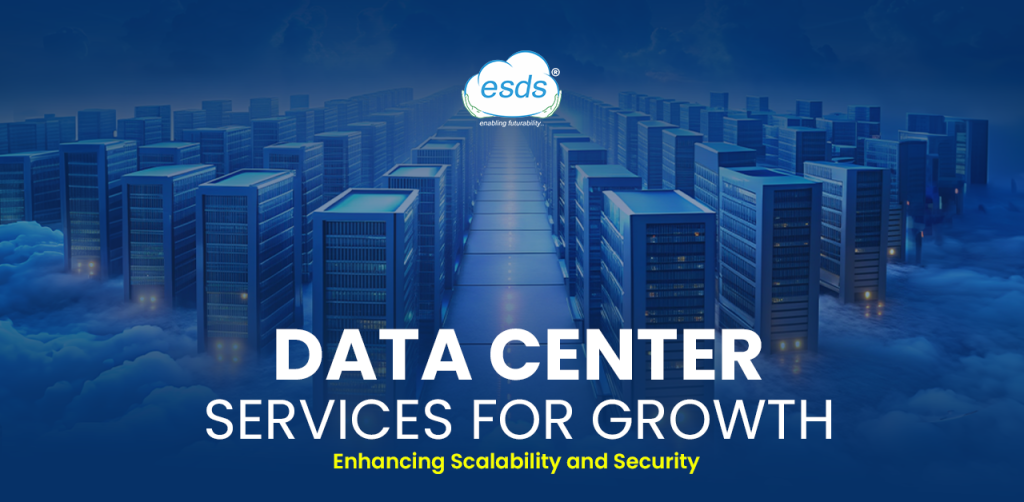
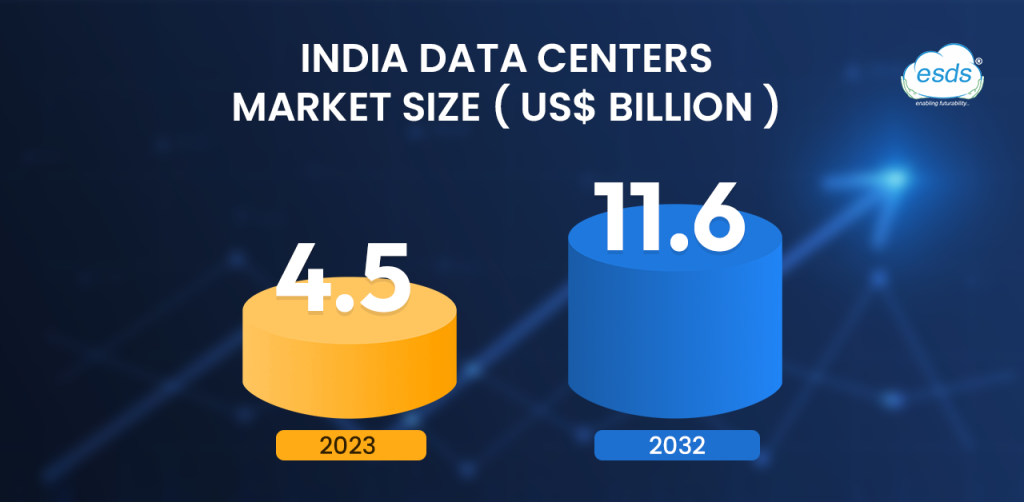
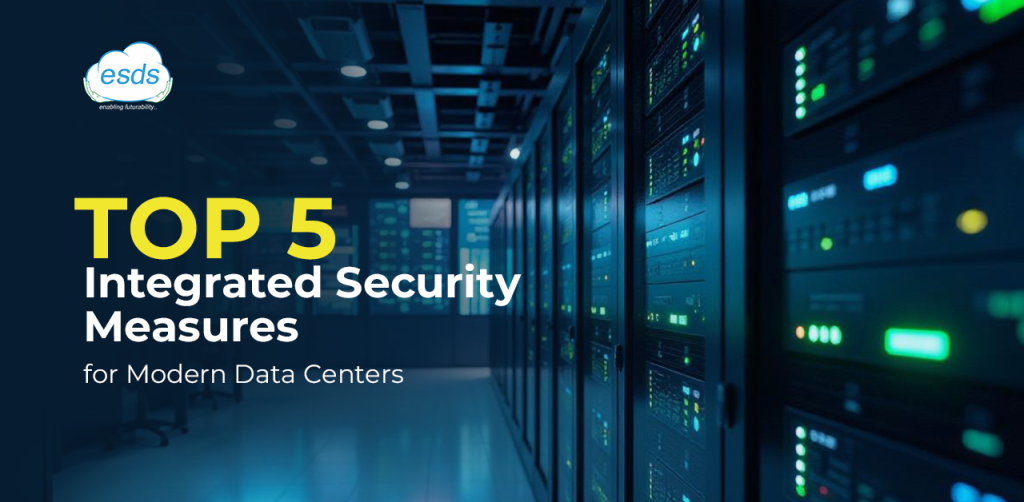
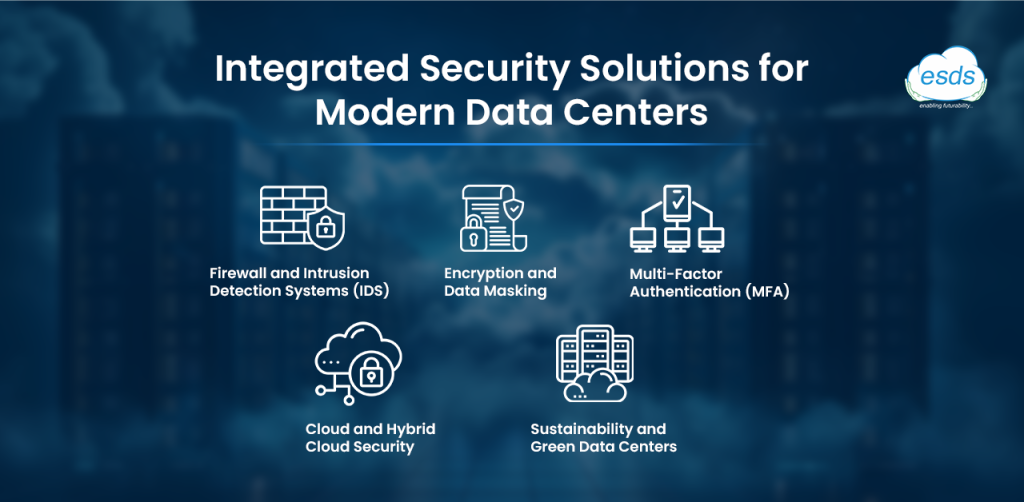
Recent Comments